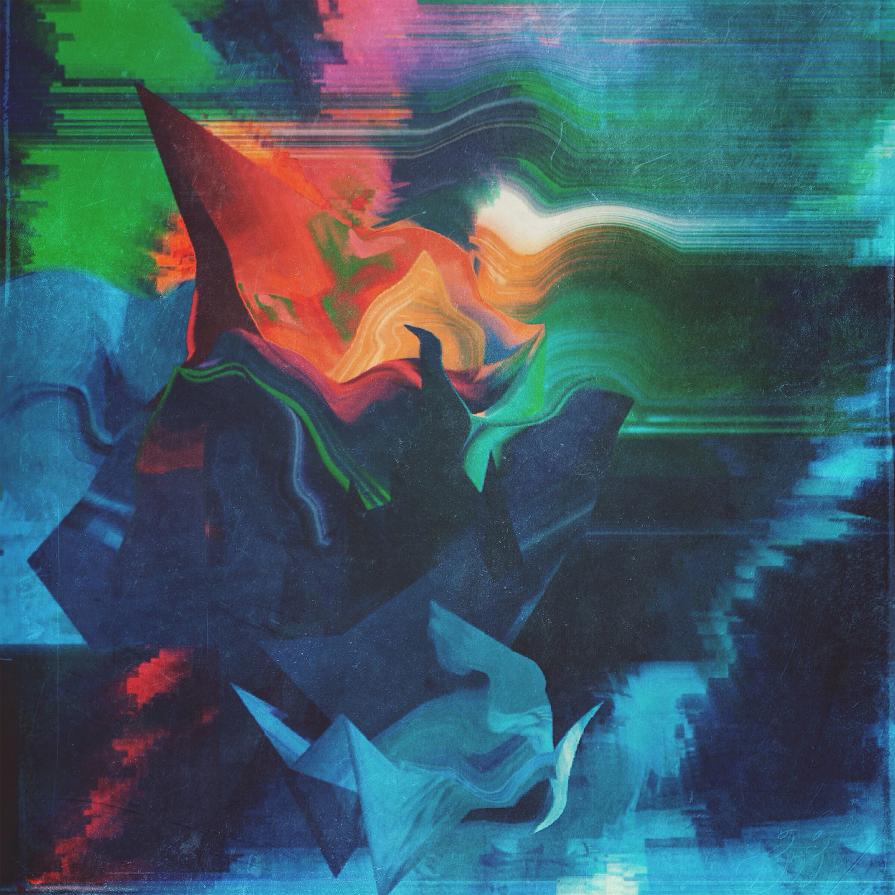
Pancha Bhootam: Meditations on light, chance, spirituality and existence
When he passed away in December 2011, I was in NYC attending the final week of my Fall semester. Joe had two wishes- than I be present when he breathes his last and that his ashes be dispersed in the Holy Ganges (river) at Varanasi after his death. Unable to fulfill Joe’s final wishes had a deep emotional impact on me. I began to introspect on ideas of relationships, commitment, separation, alienation, isolation, and lastly the internet. The past 5 years, has been tough; being away from my family, close friends, my partner, and my motherland. The only connection I had was through the internet. Digital video reality became my only reality.
A pixel, or Picture Element is one part of a much larger photographic whole. Much like a pixel, a person is but one in a collection of 7 billion, just elements of the human race. Some of us may be storied, some forgotten; but we all ultimately contribute to the source. In this digital age we often overlook the importance of a physical experience and successfully substitute it with digital intimacy. We depend on these pixels to carry our emotional and physical stimuli. With these 'studies' I examine:
-what it’s like to skype talk to your dying grandfather?
-how it feels to touch your Mother’s face on the phone screen and see her happy tears when you’re graduating and they couldn’t come.
-what’s it like to breakup with your partner over the internet?
-physically intimacy versus skype-intimacy.
-how one deeply immerses in the traditional Durga Puja festival by watching live home video footages.
Every ‘pixel study’ originates in a digital photographic image captured with a phone camera, either by myself or sent to me by a family member or a friend and signifies a personal or important event in our lives. These images are then deconstructed digitally on my iPhone through Databending (Glitching) apps and uploaded to the digital cloud (Instagram), which has become an ephemeral plane of the collective human experience. For the deconstruction process, the image is passed through off-the shelf phone apps like Glitché, Glitch Lab Pro, Databender, Decim8 and Mextures, to name a few; that inject digital errors, such as artifacts and other "bugs" into the image data and corrupt its code. I start by applying a glitch to a segment of an image, rotate it, flip it, save it, apply another glitch and retry. I’ll do this over and over until I get a result that speaks to my visual tastes. Then I finish it off by filtering with apps like VSCO Cam and Afterlight. Sometimes an upward of 50 layers of glitching- filtering goes into the making of one single piece. The art comes in knowing when to stop and the final piece is born purely out of ‘chance’.
By destroying the physical nature of these photographs and reducing them back to the pixel form, from which it has originated, I question the very notion of photography and thereby reality itself. The forms and colors in these ‘pixel studies’ are a metaphor for photographic objectivity. Artist Silvio Wolf notes about abstraction, that abstract images allude to non-retinal interpretations of the super perceptible forms, which can convey mental images that find their symbolic meaning in the real.
The notion of destruction-as-creation behind these images is in part a reflection of my Hindu faith. The Hindus burn their body after death, as they believe the body disintegrates and dissolves into the five elements of nature (Pancha Bhootam) - i.e, air, water, fire, earth and space and finally unites with the source. These ‘pixel studies’ take cue from the Japanese Wabi-sabi aesthetic, which centers on the notion of beauty; a beauty that is - imperfect, impermanent and incomplete. It also touches the Buddhist concept of ‘the three marks of existence’, resonating with my own personal experiences and conflicts with impermanence, suffering, emptiness and the ego.
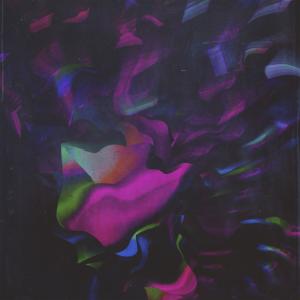
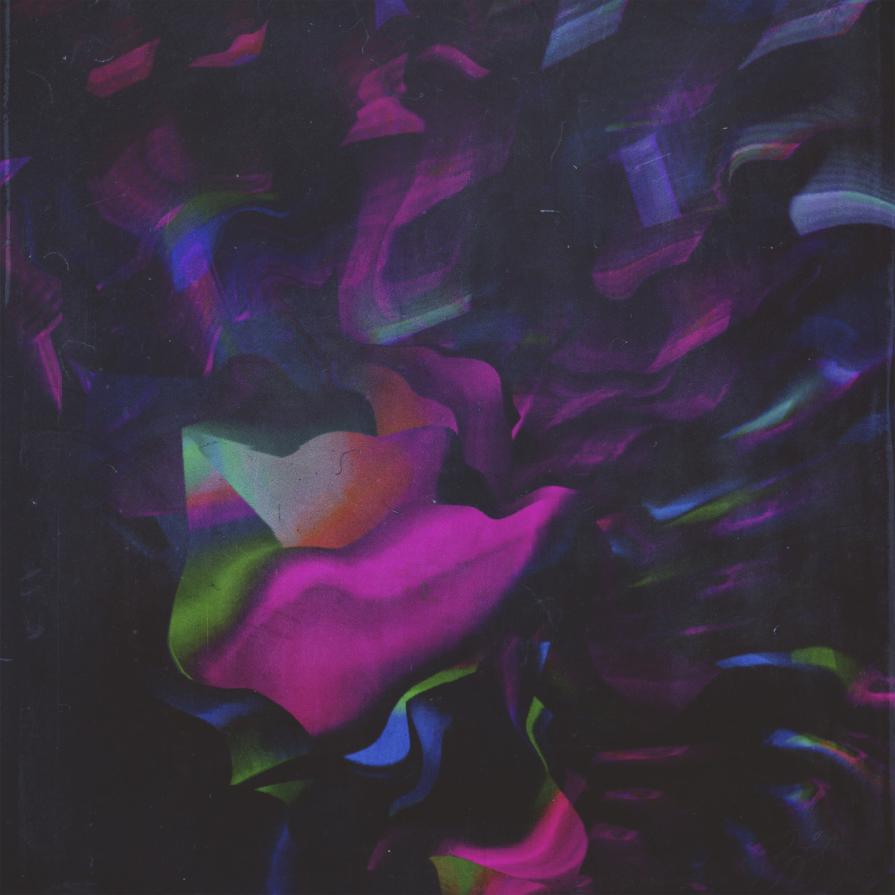
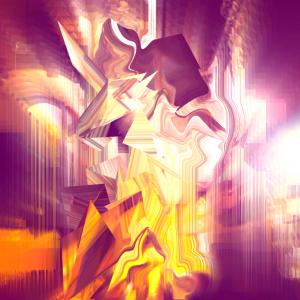
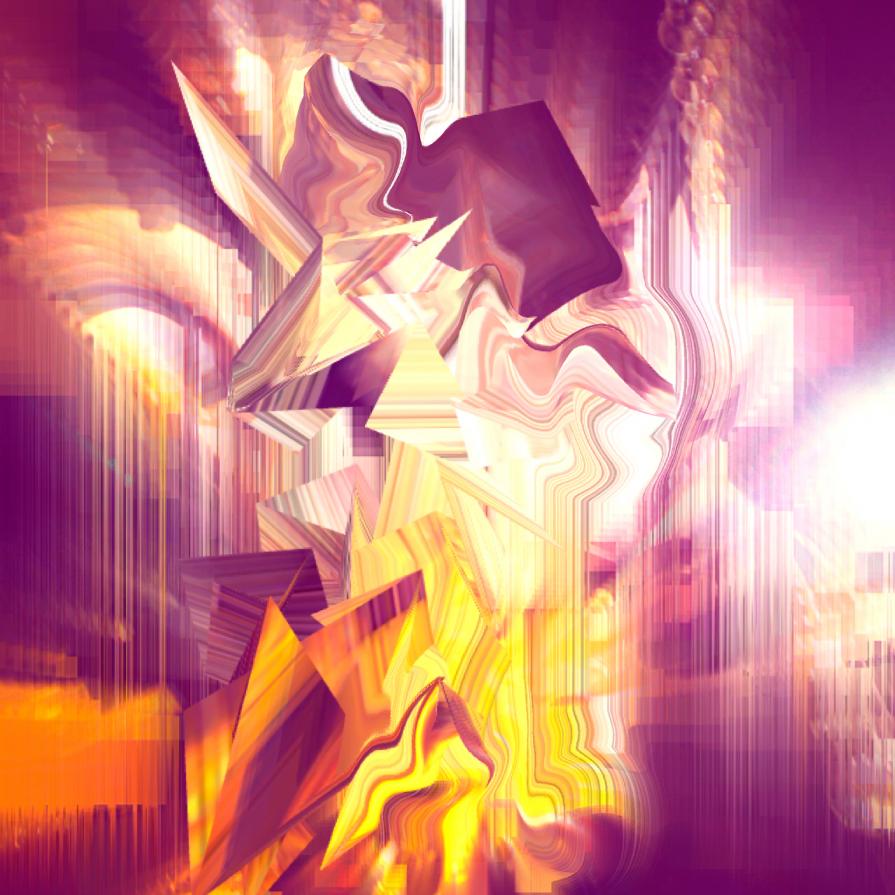
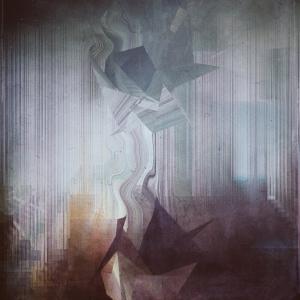
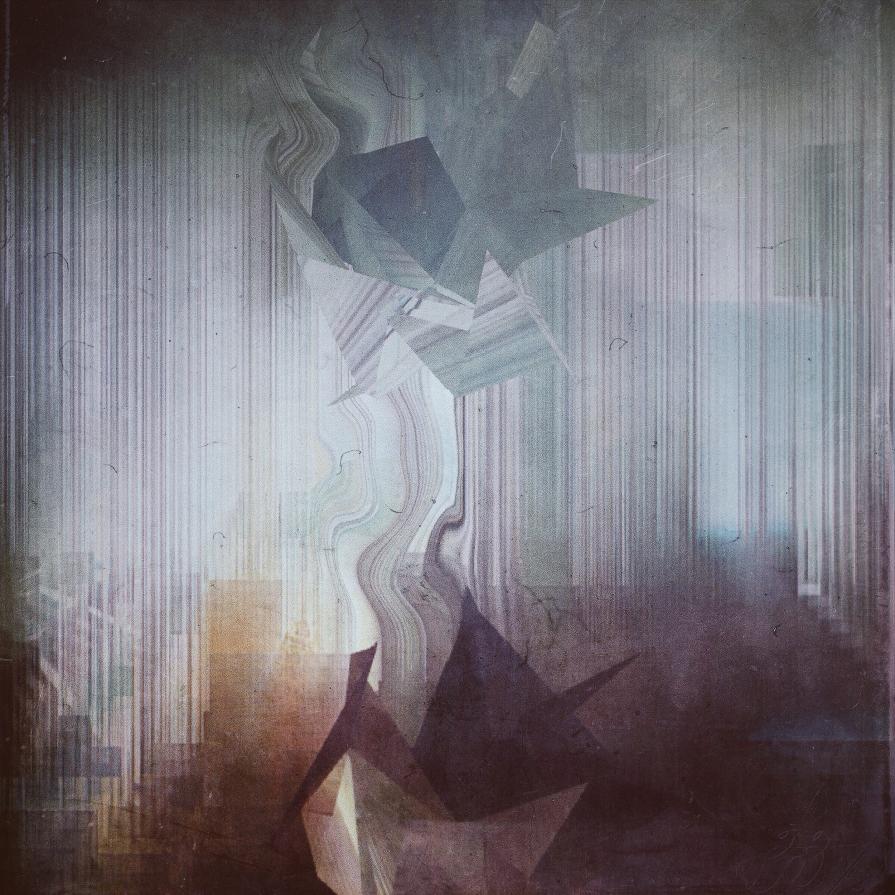
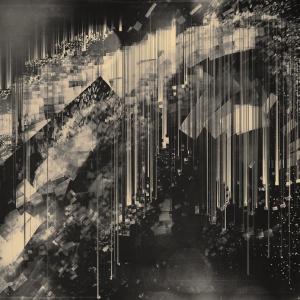
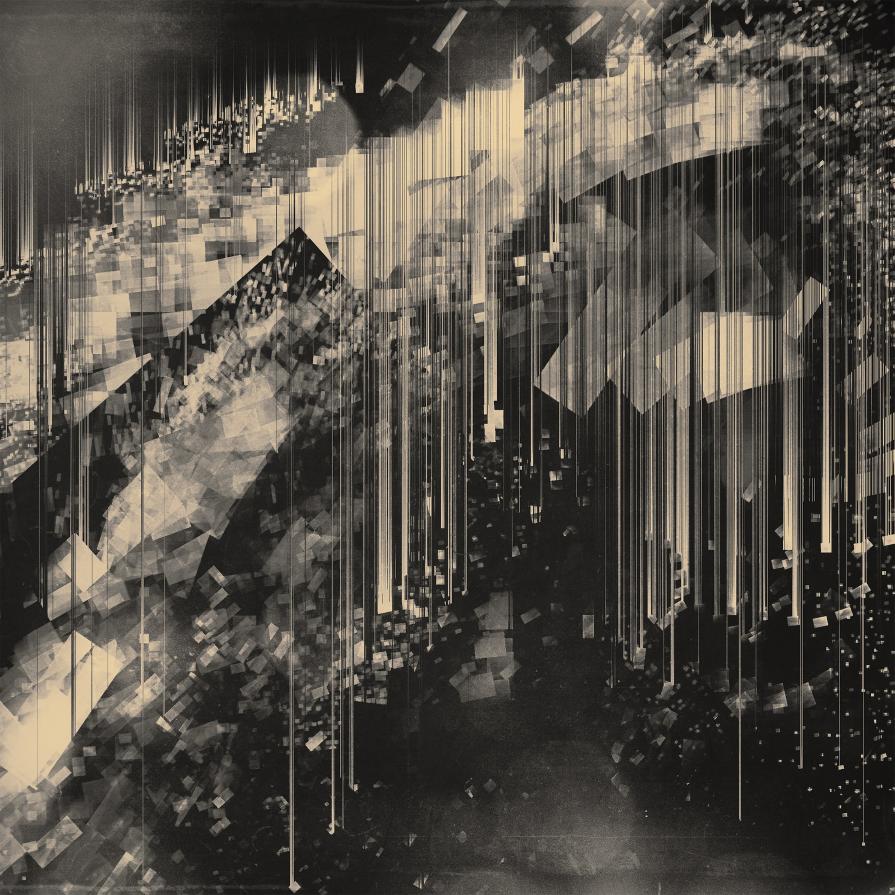

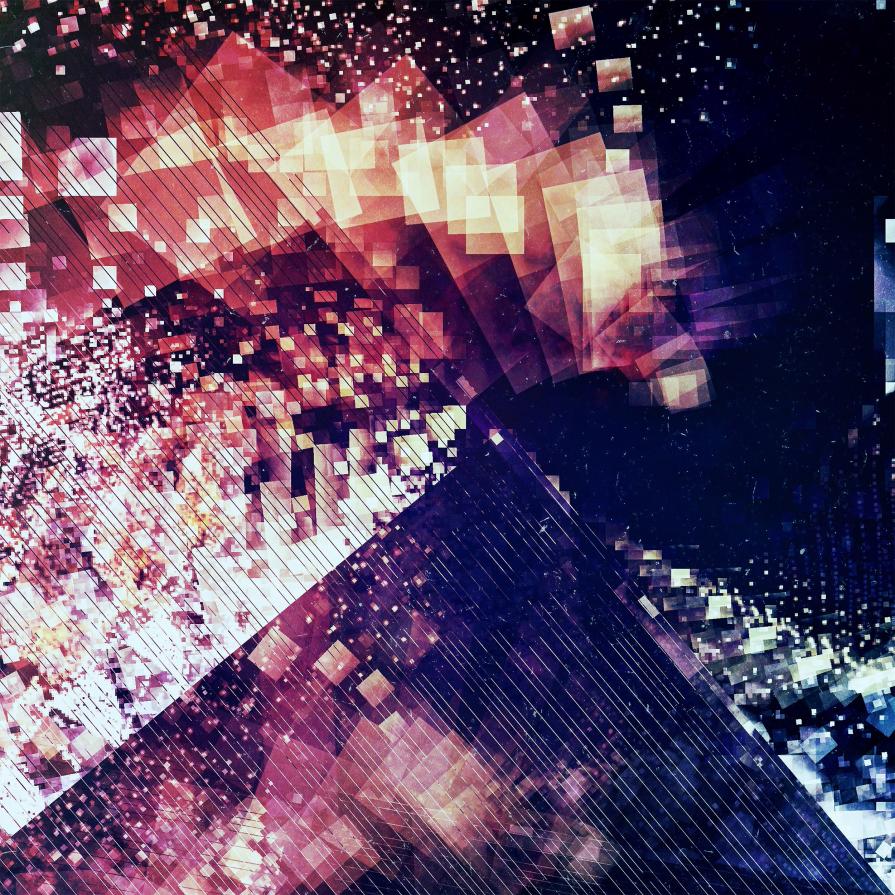
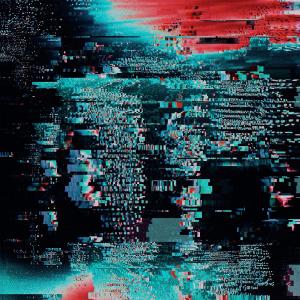
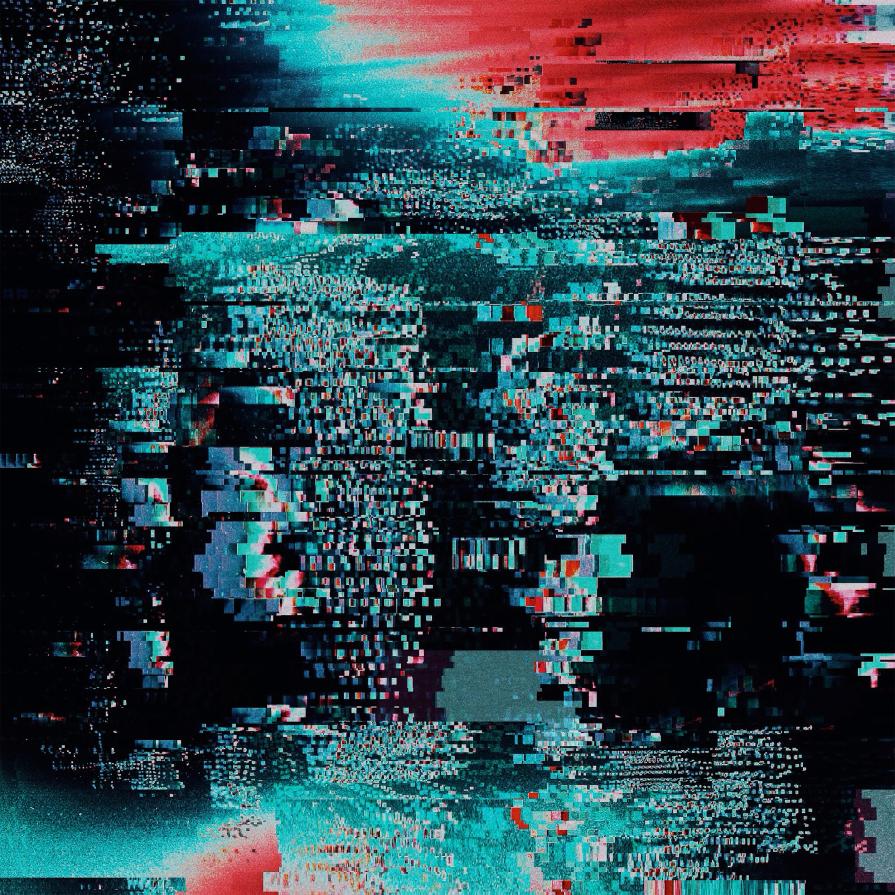
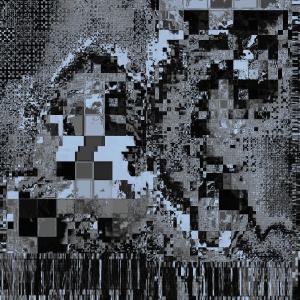
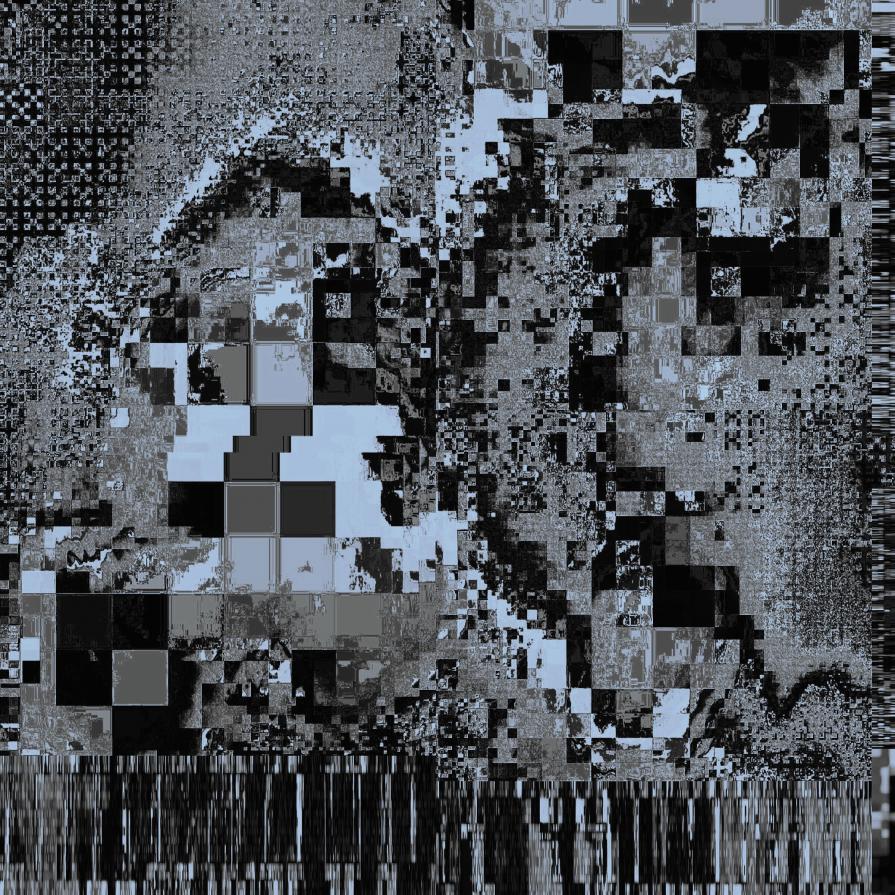


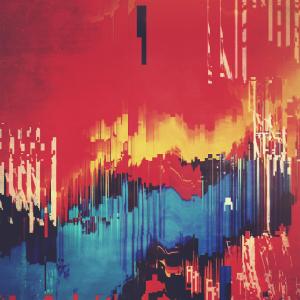
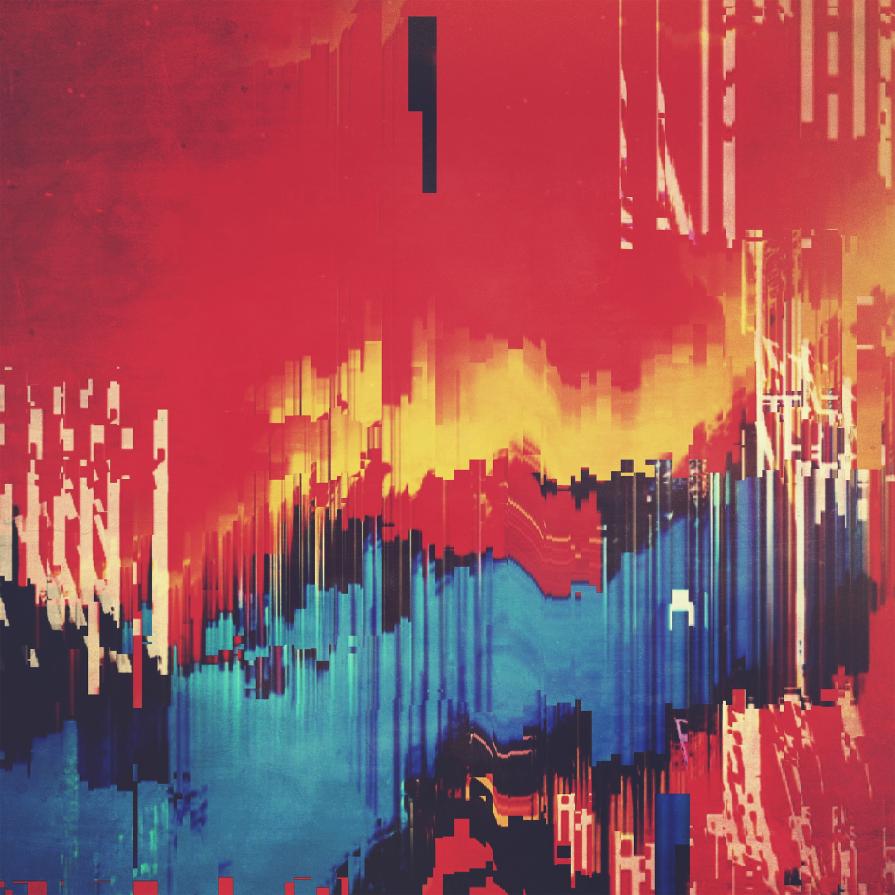











Commenti 1
Inserisci commento